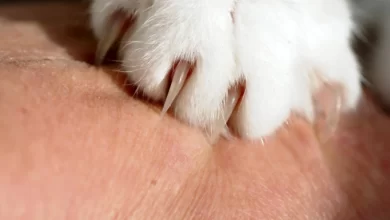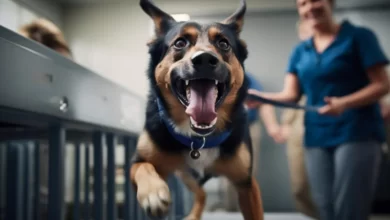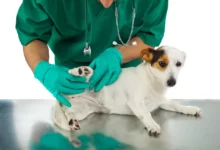Cherry eye in dogs: Symptoms, Causes and Treatment
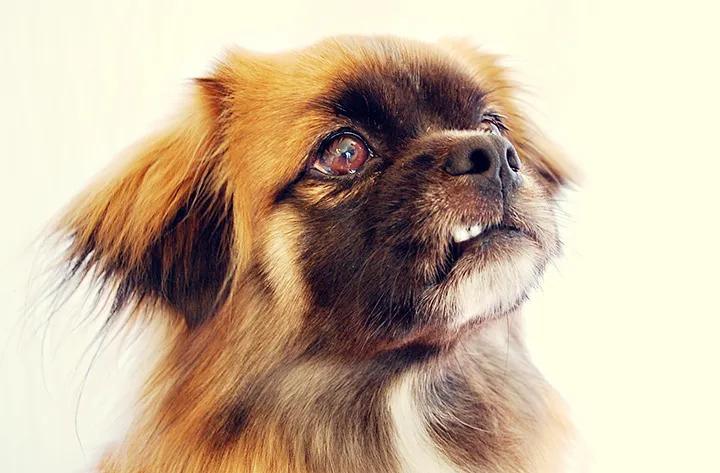
Cherry eye in dogs occurs when the nectane gland, which is usually located behind your dog’s third eyelid, collapses, meaning it is moving out of place. A dog’s third eyelid protects their eyes, but sometimes the gland behind the eyelid may become irritated and stick out.
Vets aren’t sure what the exact cause of the condition is, but we do know that some breeds, such as Cocker Spaniels and Bulldogs, are more prone to an enlarged membranous gland breakdown than others. A dog can also develop cherry eye if physical trauma stretches or tears the ligament that keeps the gland in place.
The severity of the condition varies. Some mild cases require only a warm compress, while others may require surgery to replace the third eyelid.
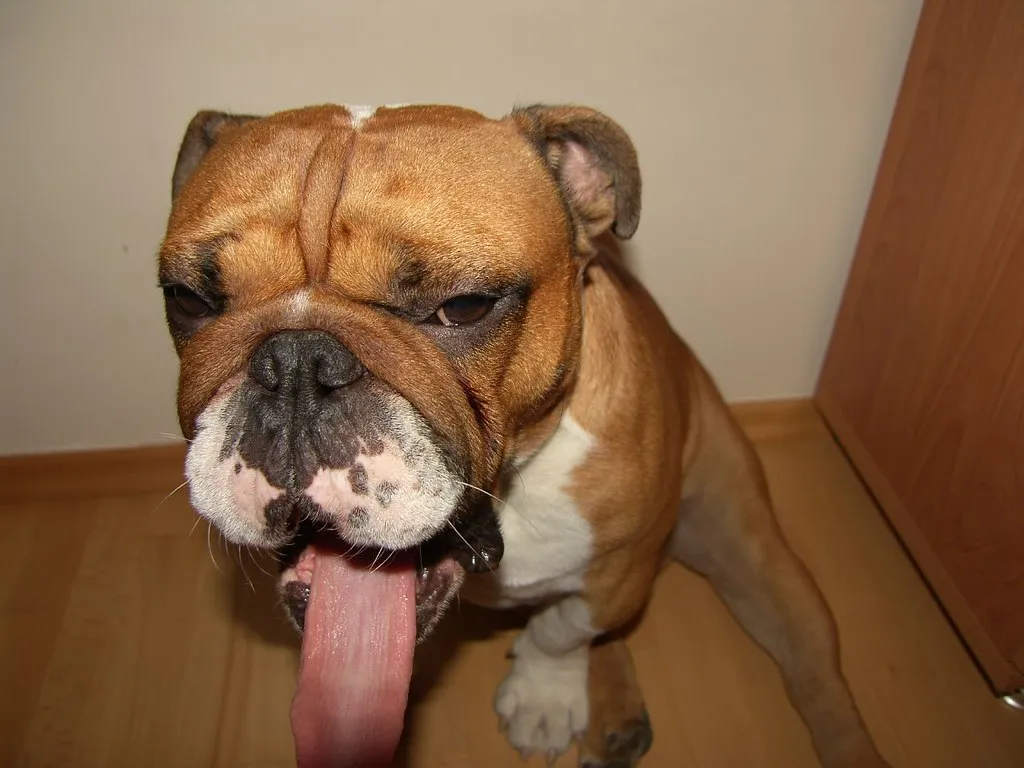
If you notice any unusual symptoms in your dog’s eyes, then you should contact your vet for treatment and to ensure that there are no complications in the future. Here’s what you should know about the symptoms, causes, and treatments for cherry eye in dogs.
Symptoms of cherry eye in dogs
The most obvious sign of cherry eye in dogs is a rosacea swelling – a red membrane in the corner of one eye.
Dogs may scratch or scratch their eyes, as the swollen membrane no longer does its job of creating a protective tear film. If your dog scratches his eye, it can also cause scratches to the cornea or other parts of the eye, which can lead to infection.
Here are some common symptoms that may appear in dogs :
- a swollen pink or red “bubble” in the corner of the eye(s)
- Rubbing or scratching the eye
- Dry eyes (due to lack of tear production)
- excessive blinking
- secretions around the eyes
Causes of cherry eye in dogs
While vets aren’t always sure what causes cherry eye in every case, many point to stretched or torn ligaments in the third eyelid as the cause.
This strain may be the result of physical trauma, or if the affected dog is a breed prone to this disease, the ligaments may be weaker, making it easier for the membrane to pop out from under the third eyelid.
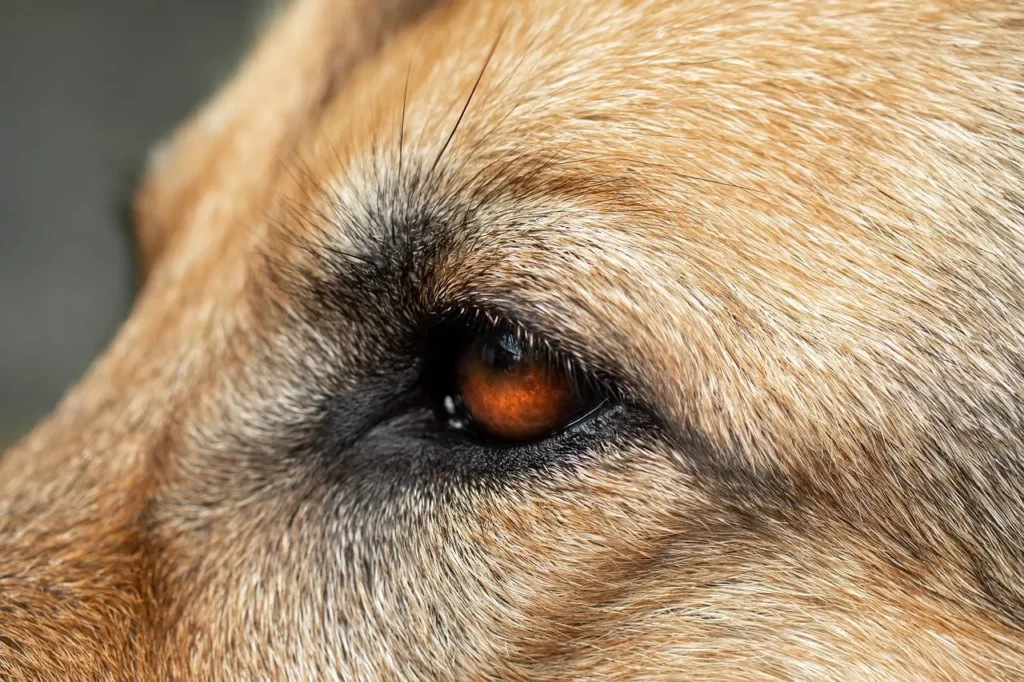
Certain breeds and puppies under one year old are most susceptible to cherry eye. The Cocker Spaniel is one of the breeds most commonly suffering from this disease, along with other Spaniels. Bulldogs are also prone to this eye condition.
Here are several possible causes of cherry eye in dogs:
- Breed readiness
- Age (puppies one year and younger have a higher risk)
- Physical trauma to the eye
- Excessive scratching or scratching in the eye
Cherry eye treatment for dogs
The most important thing to do as soon as you notice that your dog has cherry eye is to contact your vet. After the examination, your vet will be able to properly develop a treatment plan.
Veterinarians often recommend surgery to correct the third eyelid in order to prevent dogs from developing dry eyes or other eye conditions. Sometimes this option is not always continued, as relapse of cherry eye after surgery can occur after a few months.
Other times, if the problem is small enough or not threatening the dog’s eye health, your vet may suggest a warm compress, rest, and leave the cherry eye on. Whatever the case may be, it is essential that you speak to your vet and keep your dog’s eye healthy!


